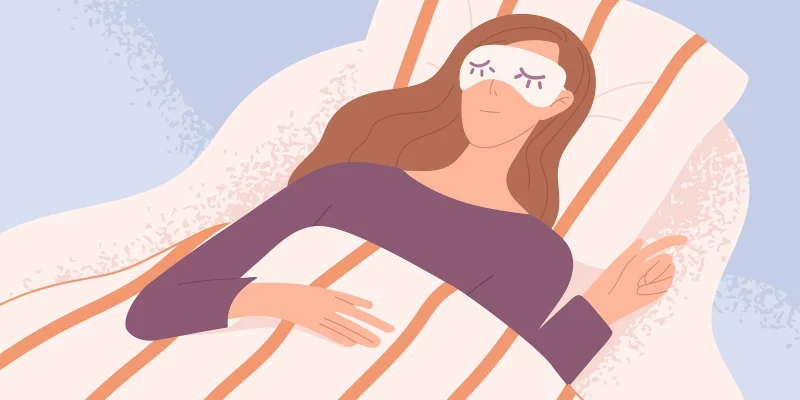It was almost midnight when I was asked to evaluate a patient in the ER for suicidal ideation on an overnight shift. I was covering any new patients with psychiatric concerns in the ER, as well as urgent overnight consults, behavioral codes, and the inpatient psychiatric unit, so I was braced for potential interruptions in the process. As I completed the initial evaluation and started the admission process, I asked the patient if I could speak with their partner separately, who had stepped away to give us some privacy.
As we found a more private area in the hallway to speak, I was struck by how young, and how exhausted the patient’s partner looked. They kept rubbing their eyes, which were red-rimmed, and had their shoulders hunched and their hands shoved in their pockets. They looked everywhere — at the floor, at the walls, at the ceiling — except at me. I re-introduced myself, reassured them that the patient was safe, and asked them about what had been happening recently.
“Honestly … this all feels so surreal. I can’t believe we’re here. I don’t know what to say. Everything’s been so f’d up lately.”
I stayed quiet. My mind wandered briefly to the phones in my pocket, hoping they wouldn’t go off. As I silently chastised myself for getting distracted, the patient’s partner began to tear up and sniffle. They described to me how isolated and scared they were, how they had started to hide the over-the-counter medications at home, how they stashed away the knives, and how they had been begging the patient to get help. The more they shared about the patient’s recent behavior, the more the tears started to flow. I started to feel the familiar push and pull of night shifts, of feeling pressed for time but wanting to be present with the person in front of me. As they shared more about the patient, one of the phones went off. Shortly after, it went off again, and then a third time. Each time I apologized profusely, but luckily nothing was immediately urgent, so I stayed. I felt horrible. I couldn’t ignore the pages and phone calls, but I also felt a pressure to help this overstretched caregiver, even though I didn’t know how at almost 2 a.m.
“It sounds like you’ve been through a lot recently.”
“No no, I’m fine, I just want to do right by [the patient].”
“I hear you. But also, this is a lot to feel like you’re handling on your own.”
The partner was silent, tears continuing to drip slowly down their face, but no longer sobbing. They spoke so softly that I could barely hear them: “I’ve just felt like I couldn’t talk to anyone. It actually feels so good to talk about it.”
I observed as their brow furrowed slightly less, their breathing started to steady, and they finally made eye contact with me. During our entire conversation, I had been wondering if I was helping or making things worse, and trying to figure out if there was anything I could (or should) do differently. But in that moment, I felt a sense of relief that I suspect they shared.
Caregiver isolation and burnout is a well known phenomenon, and caregiver needs are often unrecognized in health care settings. Assessing caregiver well-being is not typically a standardized part of treatment models, even though caregivers serve an important and essential role in the care of their loved ones. In addition, social support is often limited or hard to access for many caregivers, though there is evidence that both informal social support through friends and family, as well as more formal social support via health care professionals, can have a positive impact on caregiver burden.
Luckily, as awareness of these important relationships grows, resources to support caregivers do as well. There are scales that can be administered by clinicians or that caregivers can use for self-assessment to measure domains like perceived support, coping strategies, and caregiver burden. Various groups such as the National Alliance on Mental Illness have different articles geared toward caregivers, with advice on supporting family members, hotlines, and self-care tips. There are also organizations, such as the National Family Caregiver Support Program, that provide funding for family members serving as long-term caregivers. As clinicians, it can be helpful to have some of these resources on hand to offer to loved ones during visits.
As I continue to familiarize myself with these resources, I wish I had learned about them earlier to share with my patient’s partner. However, with time often being the scarcest resource for clinicians both in and out of the hospital, when we have the opportunity to provide a therapeutic listening space, that in itself can be invaluable. The language we use — giving words to the complex emotions surrounding caregiving — also matters. Recognizing and naming caregiver burden calls attention to something that is often swept under the rug, which can be incredibly powerful on its own.
By the end of our conversation, the patient’s partner told me they were planning on staying with one of their own family members that night for additional support. At that moment, I not only felt a sense of optimism for the patient who would be getting the treatment they needed, but also for their partner, who would hopefully find a way to emerge and recover from the isolation they had been experiencing.
Have you ever served as a caregiver in addition to a clinician? Share your experiences in the comments.
Dr. Avneet Soin is a psychiatry resident in New York City. She is interested in consultation liaison psychiatry and advocacy work, and in her free time enjoys reading and exploring the dessert scene in NYC! Dr. Soin is a 2023–2024 Doximity Op-Med Fellow.
Illustration by Yi-Min Chun







